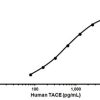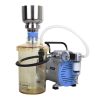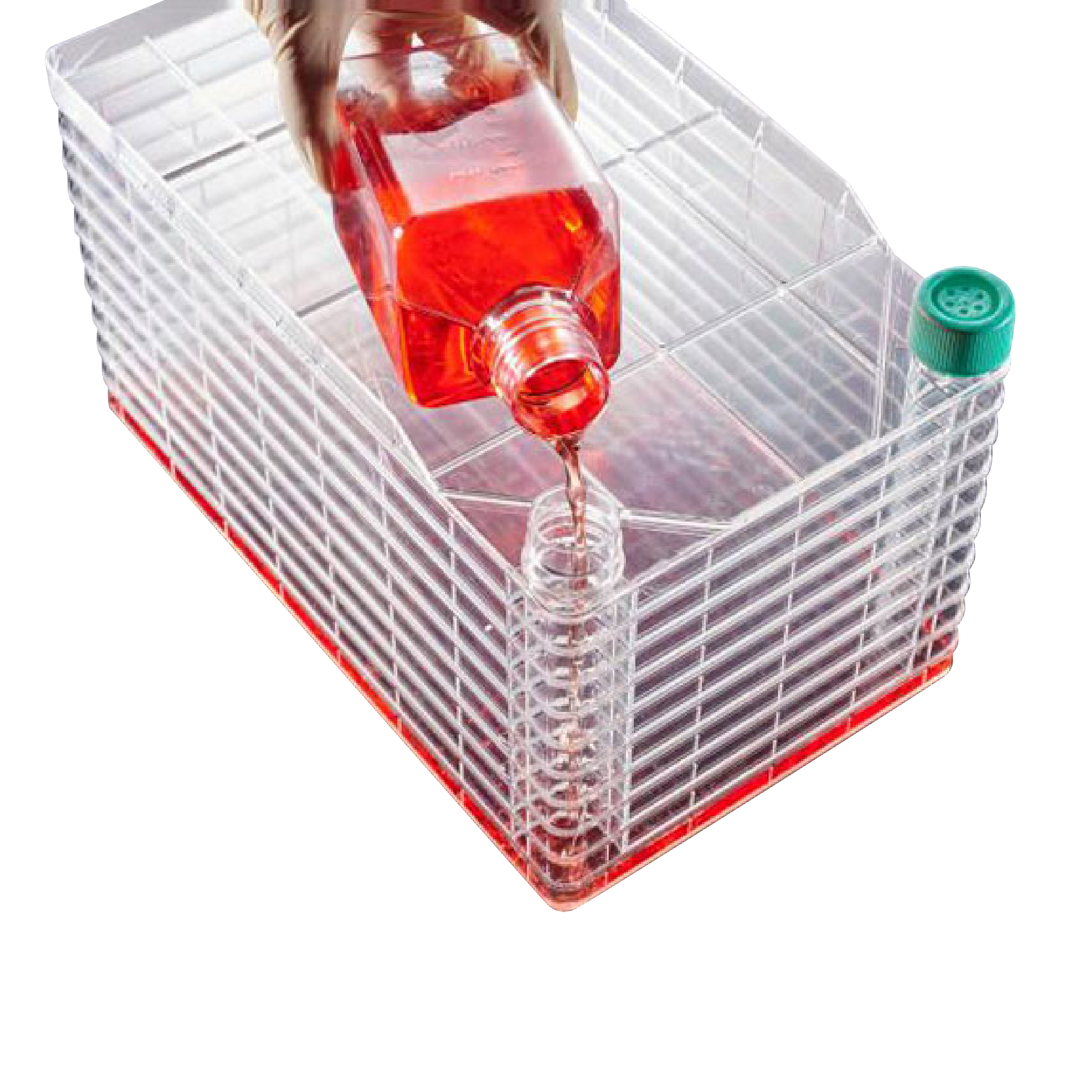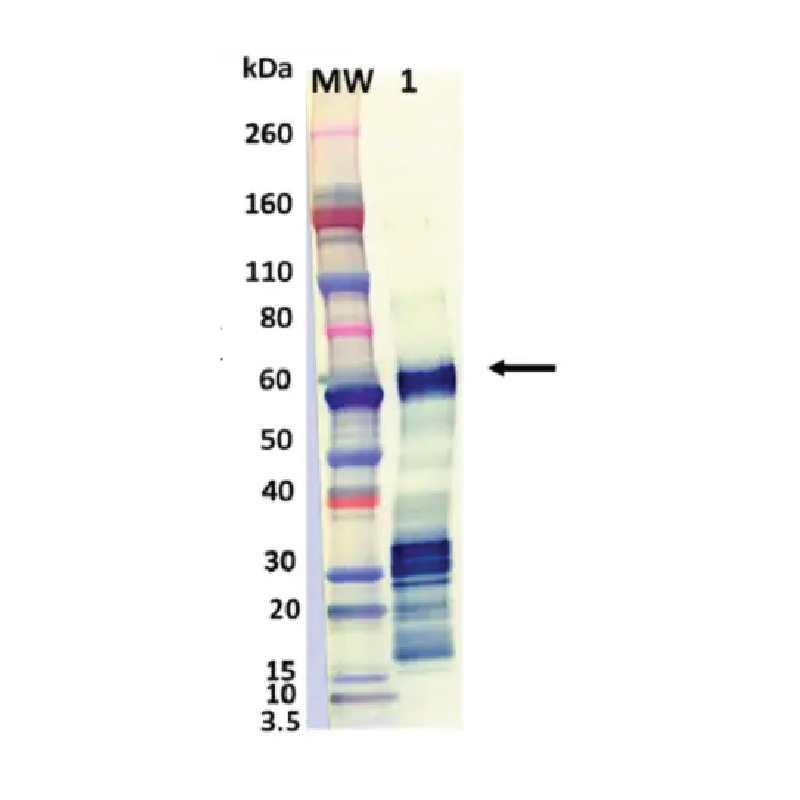- Empty cart.
- Continue Shopping

NF kappaB p65 ELISA Kit
NF kappaB p65 ELISA Kit
This product is currently out of stock and unavailable.
Key features and details
- One-wash 90 minute protocol
- Sensitivity: 5 µg/ml
- Range: 6 µg/ml – 600 µg/ml
- Sample type: Cell Lysate, Tissue Homogenate
- Detection method: Colorimetric
- Assay type: Semi-quantitative
- Reacts with: Mouse, Human
Overview
Product name
NF kappaB p65 ELISA Kit
See all NF-kB p65 kitsDetection method
ColorimetricPrecision
Intra-assay Sample n Mean SD CV% HeLa extract 6 2.8% Inter-assay Sample n Mean SD CV% HeLa extract 3 8.7% Sample type
Cell Lysate, Tissue HomogenateAssay type
Semi-quantitativeSensitivity
5 µg/mlRange
6 µg/ml – 600 µg/mlAssay time
1h 30mAssay duration
One step assaySpecies reactivity
Reacts with: Mouse, Human
Predicted to work with: Rat
Product overview
Abcam’s NFκB p65 in vitro SimpleStep ELISA™ (Enzyme-Linked Immunosorbent Assay) kit is designed for the semi-quantitative measurement of NFκB p65 protein in Human and mouse cells.
The SimpleStep ELISA™ employs an affinity tag labeled capture antibody and a reporter conjugated detector antibody which immunocapture the sample analyte in solution. This entire complex (capture antibody/analyte/detector antibody) is in turn immobilized via immunoaffinity of an anti-tag antibody coating the well. To perform the assay, samples or standards are added to the wells, followed by the antibody mix. After incubation, the wells are washed to remove unbound material. TMB substrate is added and during incubation is catalyzed by HRP, generating blue coloration. This reaction is then stopped by addition of Stop Solution completing any color change from blue to yellow. Signal is generated proportionally to the amount of bound analyte and the intensity is measured at 450 nm. Optionally, instead of the endpoint reading, development of TMB can be recorded kinetically at 600 nm.
As of October 2019, this kit was reformulated with new antibodies to maintain continued long term supply.
Notes
Abcam has not and does not intend to apply for the REACH Authorisation of customers’ uses of products that contain European Authorisation list (Annex XIV) substances.
It is the responsibility of our customers to check the necessity of application of REACH Authorisation, and any other relevant authorisations, for their intended uses.Platform
Microplate
Properties
Storage instructions
Store at +4°C. Please refer to protocols.Components 1 x 96 tests 10X Wash Buffer PT 1 x 15ml 50X Cell Extraction Enhancer Solution 1 x 1ml 5X Cell Extraction Buffer PTR 1 x 12ml Lyophilized NF kappaB p65 Control Lysate 1 vial NF kappaB p65 (Total) Capture Antibody 1 x 3ml NF kappaB p65 (Total) Detector Antibody 1 x 3ml Plate Seal 1 unit SimpleStep Pre-Coated 96-Well Microplate (ab206978) 1 unit Stop Solution 1 x 12ml TMB Substrate 1 x 12ml Research areas
- Cell Biology
- Apoptosis
- Intracellular
- NFkB
- RelA (p65)
- Neuroscience
- Neurology process
- Neurodegenerative disease
- Alzheimer’s disease
- Other
- Microbiology
- Interspecies Interaction
- Host Virus Interaction
- Signal Transduction
- Signaling Pathway
- Nuclear Signaling
- NFkB Pathway
- Epigenetics and Nuclear Signaling
- Nuclear Signaling Pathways
- NFkB pathway
- Cancer
- Signal transduction
- Nuclear signaling
- NFkB pathway
- Cardiovascular
- Atherosclerosis
- Vascular Inflammation
- Inflammatory mediators
- Microbiology
- Interspecies Interaction
- Host Immune Response
- Kits/ Lysates/ Other
- Kits
- ELISA Kits
- ELISA Kits
- Signal transduction proteins ELISA kits
- Kits/ Lysates/ Other
- Kits
- ELISA Kits
- ELISA Kits
- Phosphoprotein ELISA kits
- Metabolism
- Types of disease
- Obesity
- Cancer
- Cell Death
- Apoptosis
- Apoptosis Markers
- NFkB
- RelA (p65)
Function
NF-kappa-B is a pleiotropic transcription factor which is present in almost all cell types and is involved in many biological processed such as inflammation, immunity, differentiation, cell growth, tumorigenesis and apoptosis. NF-kappa-B is a homo- or heterodimeric complex formed by the Rel-like domain-containing proteins RELA/p65, RELB, NFKB1/p105, NFKB1/p50, REL and NFKB2/p52 and the heterodimeric p65-p50 complex appears to be most abundant one. The dimers bind at kappa-B sites in the DNA of their target genes and the individual dimers have distinct preferences for different kappa-B sites that they can bind with distinguishable affinity and specificity. Different dimer combinations act as transcriptional activators or repressors, respectively. NF-kappa-B is controlled by various mechanisms of post-translational modification and subcellular compartmentalization as well as by interactions with other cofactors or corepressors. NF-kappa-B complexes are held in the cytoplasm in an inactive state complexed with members of the NF-kappa-B inhibitor (I-kappa-B) family. In a conventional activation pathway, I-kappa-B is phosphorylated by I-kappa-B kinases (IKKs) in response to different activators, subsequently degraded thus liberating the active NF-kappa-B complex which translocates to the nucleus. NF-kappa-B heterodimeric p65-p50 and p65-c-Rel complexes are transcriptional activators. The NF-kappa-B p65-p65 complex appears to be involved in invasin-mediated activation of IL-8 expression. The inhibitory effect of I-kappa-B upon NF-kappa-B the cytoplasm is exerted primarily through the interaction with p65. p65 shows a weak DNA-binding site which could contribute directly to DNA binding in the NF-kappa-B complex. Associates with chromatin at the NF-kappa-B promoter region via association with DDX1.Sequence similarities
Contains 1 RHD (Rel-like) domain.Domain
the 9aaTAD motif is a transactivation domain present in a large number of yeast and animal transcription factors.Post-translational
modificationsUbiquitinated, leading to its proteasomal degradation. Degradation is required for termination of NF-kappa-B response.
Monomethylated at Lys-310 by SETD6. Monomethylation at Lys-310 is recognized by the ANK repeats of EHMT1 and promotes the formation of repressed chromatin at target genes, leading to down-regulation of NF-kappa-B transcription factor activity. Phosphorylation at Ser-311 disrupts the interaction with EHMT1 without preventing monomethylation at Lys-310 and relieves the repression of target genes.
Phosphorylation at Ser-311 disrupts the interaction with EHMT1 and promotes transcription factor activity (By similarity). Phosphorylation on Ser-536 stimulates acetylation on Lys-310 and interaction with CBP; the phosphorylated and acetylated forms show enhanced transcriptional activity.
Reversibly acetylated; the acetylation seems to be mediated by CBP, the deacetylation by HDAC3. Acetylation at Lys-122 enhances DNA binding and impairs association with NFKBIA. Acetylation at Lys-310 is required for full transcriptional activity in the absence of effects on DNA binding and NFKBIA association. Acetylation can also lower DNA-binding and results in nuclear export. Interaction with BRMS1 promotes deacetylation of ‘Lys-310’.Cellular localization
Nucleus. Cytoplasm. Nuclear, but also found in the cytoplasm in an inactive form complexed to an inhibitor (I-kappa-B). Colocalized with RELA in the nucleus upon TNF-alpha induction.
























